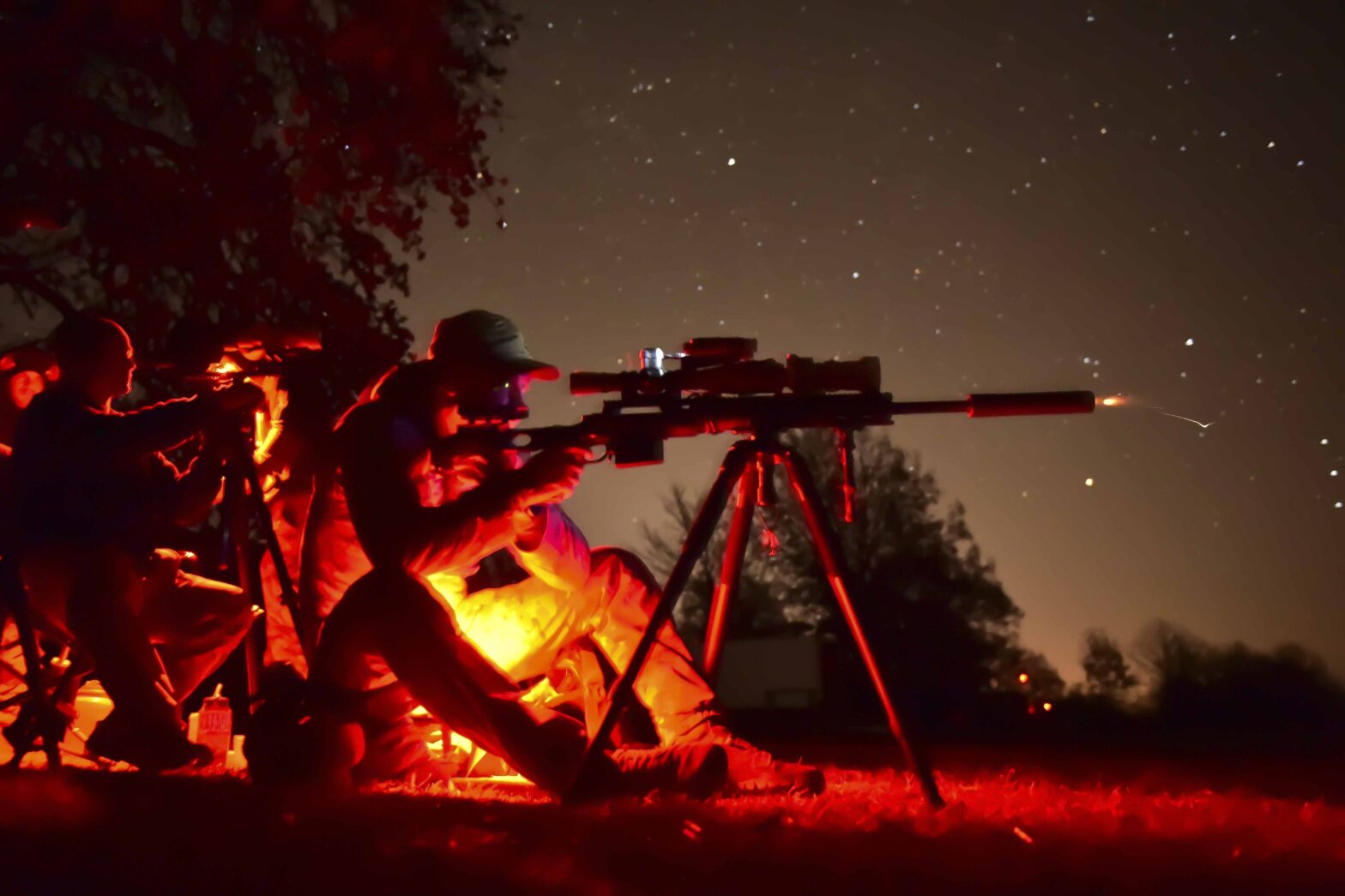Target following utilizes your smooth pursuit eye movements.
To successfully target follow, information from your visual system must be processed by your brain.
Special operators who are exposed to repeated low level blasts showed decreased accuracy and speed with target following and divided focus. [1]
This shows the susceptibility of this important situational awareness capability to repeated low level blasts, and emphasizes the importance of knowing how to train target following performance.
This is how I progressively load target following capability for performance:
- Identify target position- is it near or far?
- Identify target path – is it changing direction, going over head, staying on the ground?
I do this because it is important to train with specificity.
- Increase duration of target following – are you target following for 5 seconds or 1 minute?
- Increase speed of target movement – metronomes are great for measuring this.
As speed and duration increase, speed and precision of target following capabilities often start to decrease. Training this is like strength training, it requires a progressive overload and putting in the reps to get better.
- Increase complexity of background target moves on – ex: blank wall versus a forest.
- Decrease target saliency – create a low contrast target/camouflage.
- Decrease target size.
- Add auditory and visual distractors.
Target following is a skill. It is important to objectively measure and progressively load this skill to perform at your highest level.
Speed and accuracy matter.
Reference:
- Hunfalvay, M., Murray, N. P., Creel, W. T., & Carrick, F. R. (2022). Long-term effects of low-level blast exposure and high-caliber weapons use in military special operators. Brain sciences, 12(5), 679.
